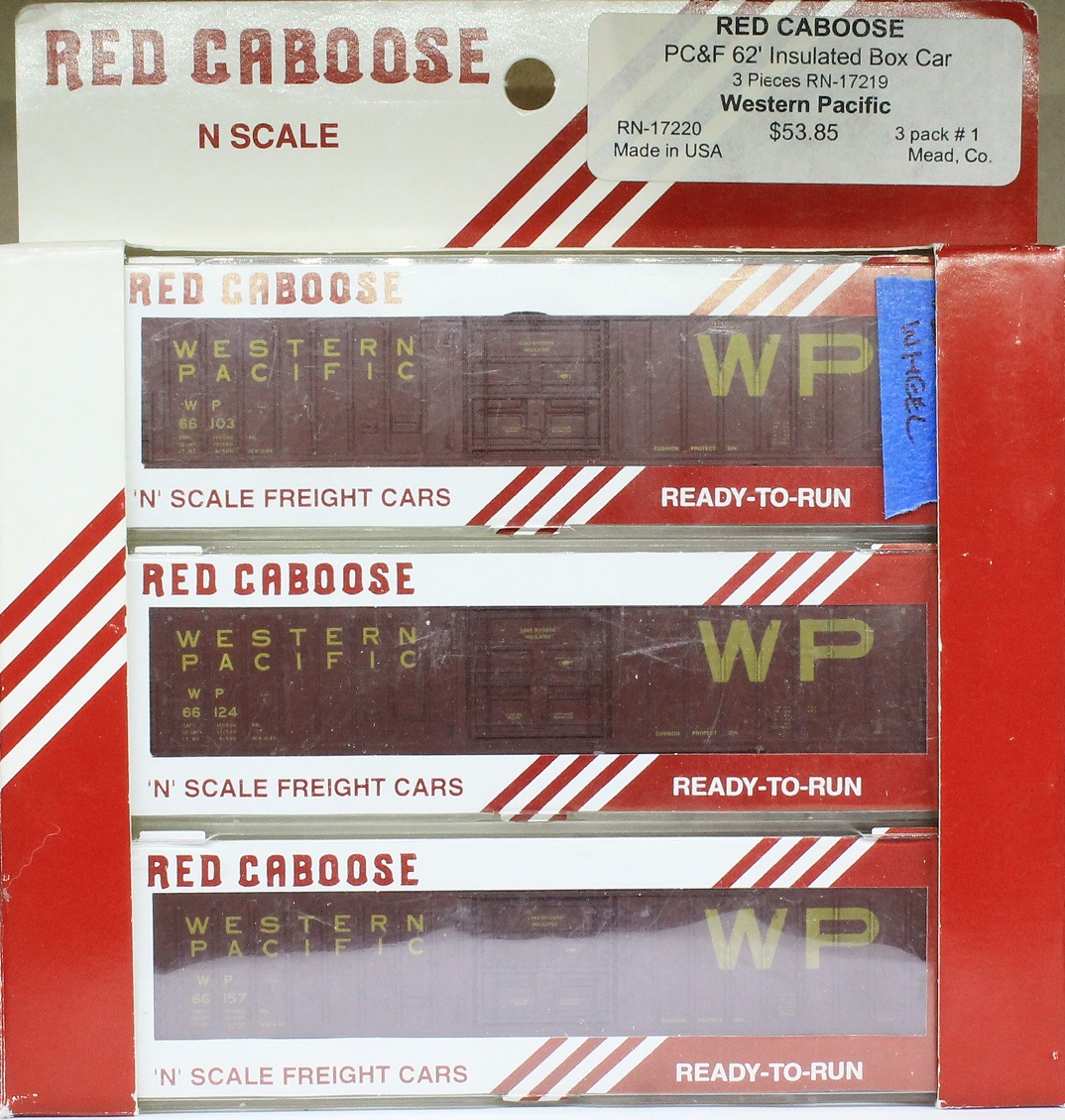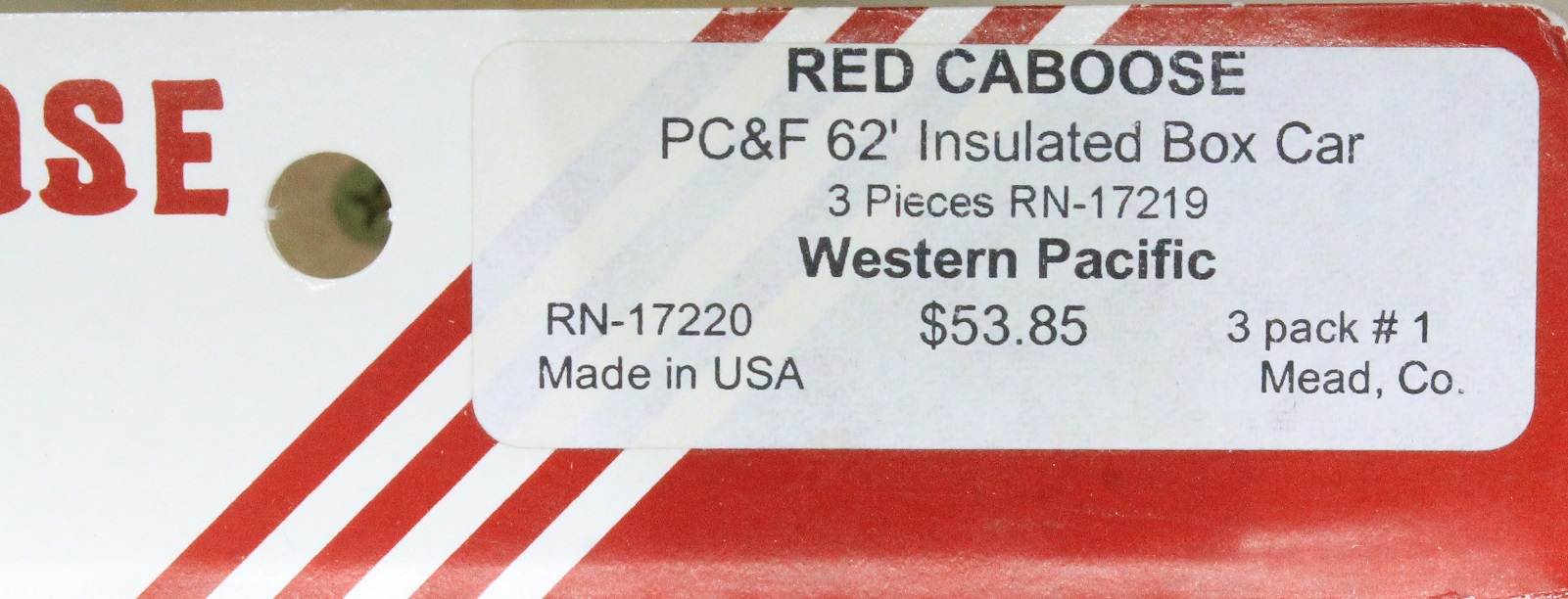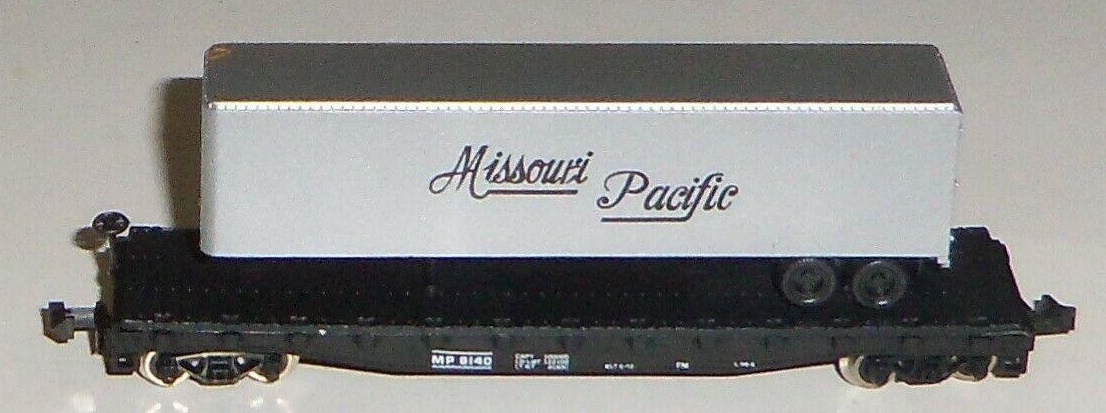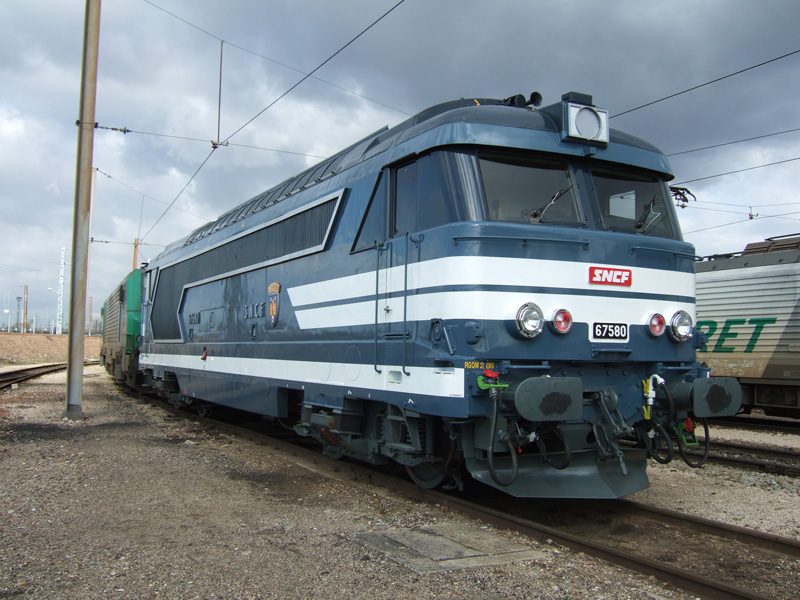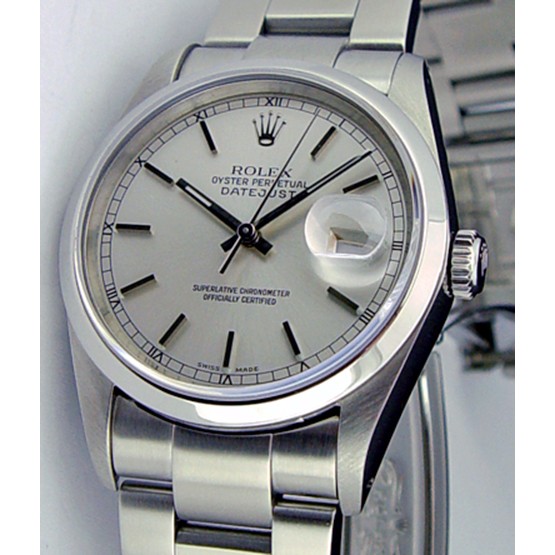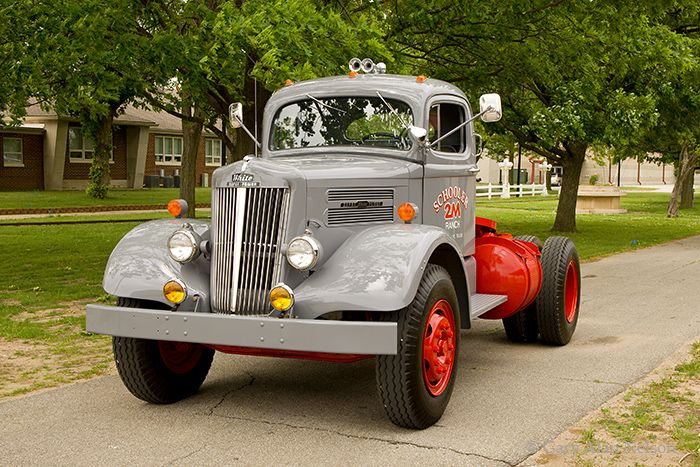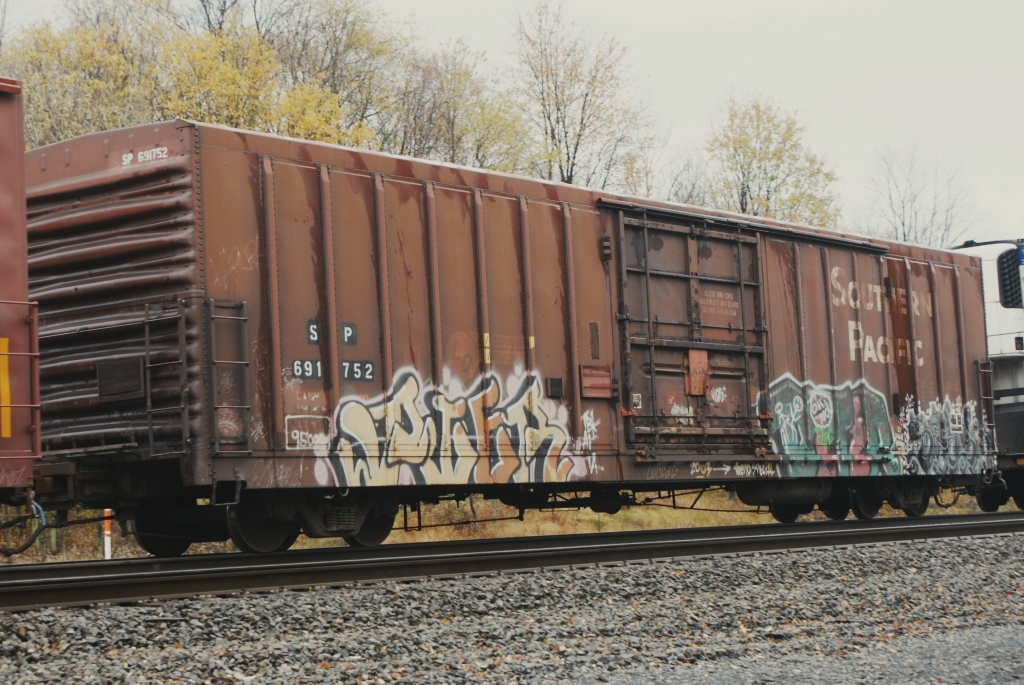Specific Item Information: WP 3 Pack #1. Includes car numbers 66103, 66124, 66157
Model Information: Red Caboose started production of this car in the 1990s. This is a fairly typical 2nd generation piece of rolling stock. Like other N Scale models from Red Caboose, this tooling is currently (2017) owned by Fox Valley. The Red Caboose releases supply the brake wheel as a user-applied detail which must be glued on. The couplers are attached to the trucks and the version we saw has MTL trucks and couplers, though these may have been an aftermarket modification. The detail and printing are good, but the underframe is typical Red-Caboose low quality in terms of lack of detail. Not that most people look at underframes, but these just seem like an afterthought.
Prototype History: Built by Pacific Car & Foundry (PC&F), these cars were delivered in either 10' 6" or 12' 0" wide door versions. First built in the mid-70s with production continuing into the early 80s, many cars are still in service today disguised in new paint and lettering due to changes in ownership.
These long box cars are typically found heading to and from breweries as they were designed to haul beer and other commodities that required the product to remain at a constant temperature during transit. This car could accomplish this without varying the temperature more than 1 degree.
These long box cars are typically found heading to and from breweries as they were designed to haul beer and other commodities that required the product to remain at a constant temperature during transit. This car could accomplish this without varying the temperature more than 1 degree.
Road Name History: 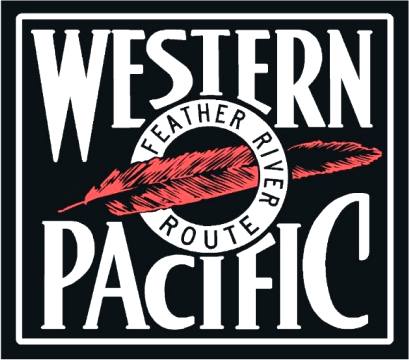 The Western Pacific Railroad (reporting mark WP) was a Class I railroad in the United States. It was formed in 1903 as an attempt to break the near-monopoly the Southern Pacific Railroad had on rail service into northern California. WP's Feather River Route directly competed with SP's portion of the Overland Route for rail traffic between Salt Lake City/Ogden, Utah and Oakland, California for nearly 80 years. In 1983 the Western Pacific was acquired by the Union Pacific Railroad. The Western Pacific was one of the original operators of the California Zephyr.
The Western Pacific Railroad (reporting mark WP) was a Class I railroad in the United States. It was formed in 1903 as an attempt to break the near-monopoly the Southern Pacific Railroad had on rail service into northern California. WP's Feather River Route directly competed with SP's portion of the Overland Route for rail traffic between Salt Lake City/Ogden, Utah and Oakland, California for nearly 80 years. In 1983 the Western Pacific was acquired by the Union Pacific Railroad. The Western Pacific was one of the original operators of the California Zephyr.
The original Western Pacific Railroad was established in 1865 to build the westernmost portion of the Transcontinental Railroad between San Jose, California (later Oakland, California), and Sacramento, California. This company was absorbed into the Central Pacific Railroad in 1870.
The second company to use the name Western Pacific Railroad was founded in 1903. Under the direction of George Jay Gould I, the Western Pacific was founded to provide a standard gauge track connection to the Pacific Coast for his aspiring Gould transcontinental system. The construction was financed by the Denver and Rio Grande Western Railroad, a company in the Gould system, which lost access to California due to the attempted acquisition of the Southern Pacific Railroad by the Rio Grande's main rival, the Union Pacific Railroad. The Western Pacific Railroad acquired the Alameda and San Joaquin Railroad and began construction on what would become the Feather River Route. In 1909 it became the last major railroad completed into California. It used 85-lb rail on untreated ties, with no tie plates except on curves over one degree; in 1935 more than half of the main line still had its original rail, most of it having carried 150 million gross tons.
The Western Pacific was acquired in 1983 by Union Pacific Corporation, which in 1996 would purchase its long-time rival, the Southern Pacific Railroad. In July 2005 Union Pacific unveiled a brand new EMD SD70ACe locomotive, Union Pacific 1983, painted as an homage to the Western Pacific.

The original Western Pacific Railroad was established in 1865 to build the westernmost portion of the Transcontinental Railroad between San Jose, California (later Oakland, California), and Sacramento, California. This company was absorbed into the Central Pacific Railroad in 1870.
The second company to use the name Western Pacific Railroad was founded in 1903. Under the direction of George Jay Gould I, the Western Pacific was founded to provide a standard gauge track connection to the Pacific Coast for his aspiring Gould transcontinental system. The construction was financed by the Denver and Rio Grande Western Railroad, a company in the Gould system, which lost access to California due to the attempted acquisition of the Southern Pacific Railroad by the Rio Grande's main rival, the Union Pacific Railroad. The Western Pacific Railroad acquired the Alameda and San Joaquin Railroad and began construction on what would become the Feather River Route. In 1909 it became the last major railroad completed into California. It used 85-lb rail on untreated ties, with no tie plates except on curves over one degree; in 1935 more than half of the main line still had its original rail, most of it having carried 150 million gross tons.
The Western Pacific was acquired in 1983 by Union Pacific Corporation, which in 1996 would purchase its long-time rival, the Southern Pacific Railroad. In July 2005 Union Pacific unveiled a brand new EMD SD70ACe locomotive, Union Pacific 1983, painted as an homage to the Western Pacific.
Brand/Importer Information:  Originally Red Caboose was a manufacturer of HO and N Scale model railroading items. It was located in Mead, Colorado, and was founded in 1990 by Leon Fairbanks.
Red Caboose manufactured highly accurate, well detailed N, HO, and O Scale freight cars and locomotives.
Originally Red Caboose was a manufacturer of HO and N Scale model railroading items. It was located in Mead, Colorado, and was founded in 1990 by Leon Fairbanks.
Red Caboose manufactured highly accurate, well detailed N, HO, and O Scale freight cars and locomotives.
Red Caboose closed its doors in January of 2015. Red Caboose N Scale has been sold to Fox Valley Models and HO was sold to InterMountain Railway. Many of the Red Caboose toolings have seen re-releases from Fox Valley since the acquisition. We just wish they would clean up the underframes. Red Caboose always went light on the details where they thought people wouldn't look.

Red Caboose closed its doors in January of 2015. Red Caboose N Scale has been sold to Fox Valley Models and HO was sold to InterMountain Railway. Many of the Red Caboose toolings have seen re-releases from Fox Valley since the acquisition. We just wish they would clean up the underframes. Red Caboose always went light on the details where they thought people wouldn't look.
Manufacturer Information: While they were in business, Red Caboose split its production runs between the US and China. Which models were produced where was a function of which body style and which run. Furthermore, which Chinese company was used for production is something we would love to find out.
Item created by: baggedbird on 2023-06-06 01:02:25. Last edited by baggedbird on 2023-06-09 01:42:36
If you see errors or missing data in this entry, please feel free to log in and edit it. Anyone with a Gmail account can log in instantly.
If you see errors or missing data in this entry, please feel free to log in and edit it. Anyone with a Gmail account can log in instantly.


